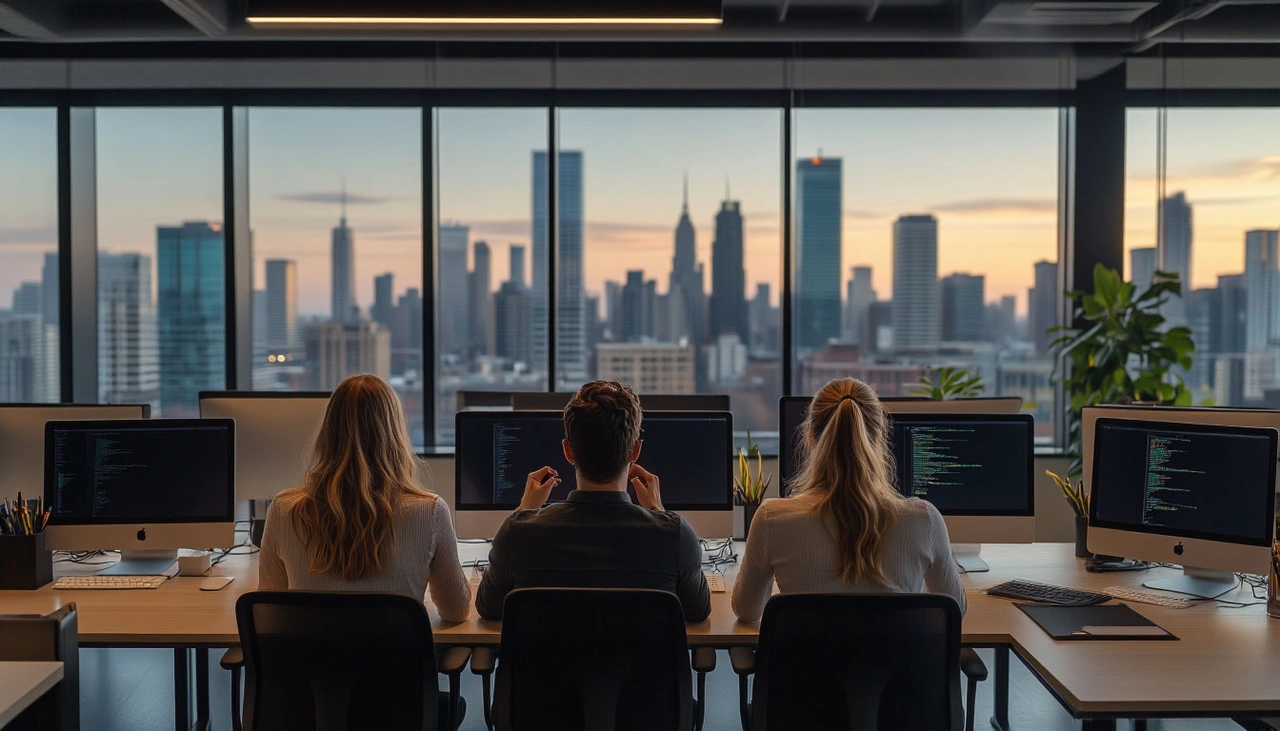🪑 Stuck in the Chair: How Office Life Steals Our Vitality — and How to Fight Back

⚠️ The Hidden Dangers of Sitting Too Much
Imagine being still for 8+ hours a day, five days a week. Now add poor posture, fast food lunches, and artificial lighting. This is the everyday reality of millions working in offices around the world — a reality that has serious health consequences.
The World Health Organization refers to this trend as a “pandemic of inactivity.” Prolonged sitting is now directly associated with back pain, cardiovascular issues, obesity, type 2 diabetes, and even depression. It’s not just a personal issue — it’s a societal challenge affecting productivity, healthcare costs, and overall quality of life.
What makes this worse is how routine it becomes: after work, most people swap office chairs for couches, finishing their day as they started — sitting.
But there’s hope. Even brief periods of movement throughout the day can dramatically reduce health risks and improve your emotional wellbeing. Motion stimulates the brain, energizes the body, and boosts overall happiness. Active employees aren’t just healthier — they’re more focused, engaged, and resilient.

💡 Office Survival: Practical Ways to Beat a Sedentary Routine
Here’s how you can start reversing the effects of sitting — even during a 9 to 5:
🚶♂️ Choose stairs over elevators
Every step is a win. If your office is only a few floors up, make stairs part of your routine. It’s a simple but effective way to get your heart rate going.
⏰ Stand or walk every hour
Set reminders to move at least once an hour. Stretch, take a loop around the office, or go refill your water bottle. These tiny breaks keep your muscles awake and blood flowing.
🗣️ Try walking meetings
Companies like Apple and Facebook swear by it. Walk-and-talk meetings improve circulation, spark creativity, and break the monotony of sitting in a conference room.
🍽️ Take real lunch breaks (outside!)
Say goodbye to sad desk lunches. Head outdoors for your lunch break, breathe fresh air, and explore nearby cafes. This shift gives your brain a break and your body a chance to move.

🧠 Feed Your Brain and Muscles: Energy through Nutrition & Supplements
Your energy levels are directly tied to your diet. Choose complex carbs — like whole grains, vegetables, and fruits — for long-lasting fuel throughout the day. Avoid sugar crashes from processed snacks that drain your focus.
And consider targeted supplements. L-Carnitine, for example, plays a key role in converting fat into energy. It boosts metabolism, reduces fatigue, and enhances endurance — perfect for counteracting office sluggishness.
Don’t forget to stay hydrated. Even mild dehydration can lead to brain fog, poor concentration, and drowsiness. Keep a water bottle at your desk and drink regularly.
📏 Posture Matters: Small Tweaks, Big Results
Poor posture is a silent productivity killer. Make sure your chair supports your lower back and keeps your knees at hip level. Adjust your monitor to eye height and try using ergonomic equipment. Even these minor changes reduce the risk of chronic pain and musculoskeletal disorders.

🌱 Build Healthier Habits Daily
Office life makes it tempting to snack on chips or sip sugary drinks. Try switching to healthier alternatives like nuts, dark chocolate, or smoothies. Reduce alcohol, avoid smoking, and keep movement as a non-negotiable part of your day. These foundational habits will build long-term physical and mental resilience.
🏢 What Can Employers Do?
Companies play a key role in helping employees avoid the trap of chronic sitting. Leading employers are transforming workspaces with standing desks, fitness classes, yoga breaks, and even internal wellness challenges. Not only does this boost morale, but it also results in better performance, less burnout, and fewer sick days.
A culture that values wellbeing is a win-win for everyone.
🚀 The Takeaway: Move to Take Back Your Life
The office chair doesn’t have to control your life. With awareness and small daily actions, you can take back your energy, focus, and health. Start with just five minutes of movement an hour — your body and mind will thank you.
You’re not chained to your desk. Every step is freedom.
Close